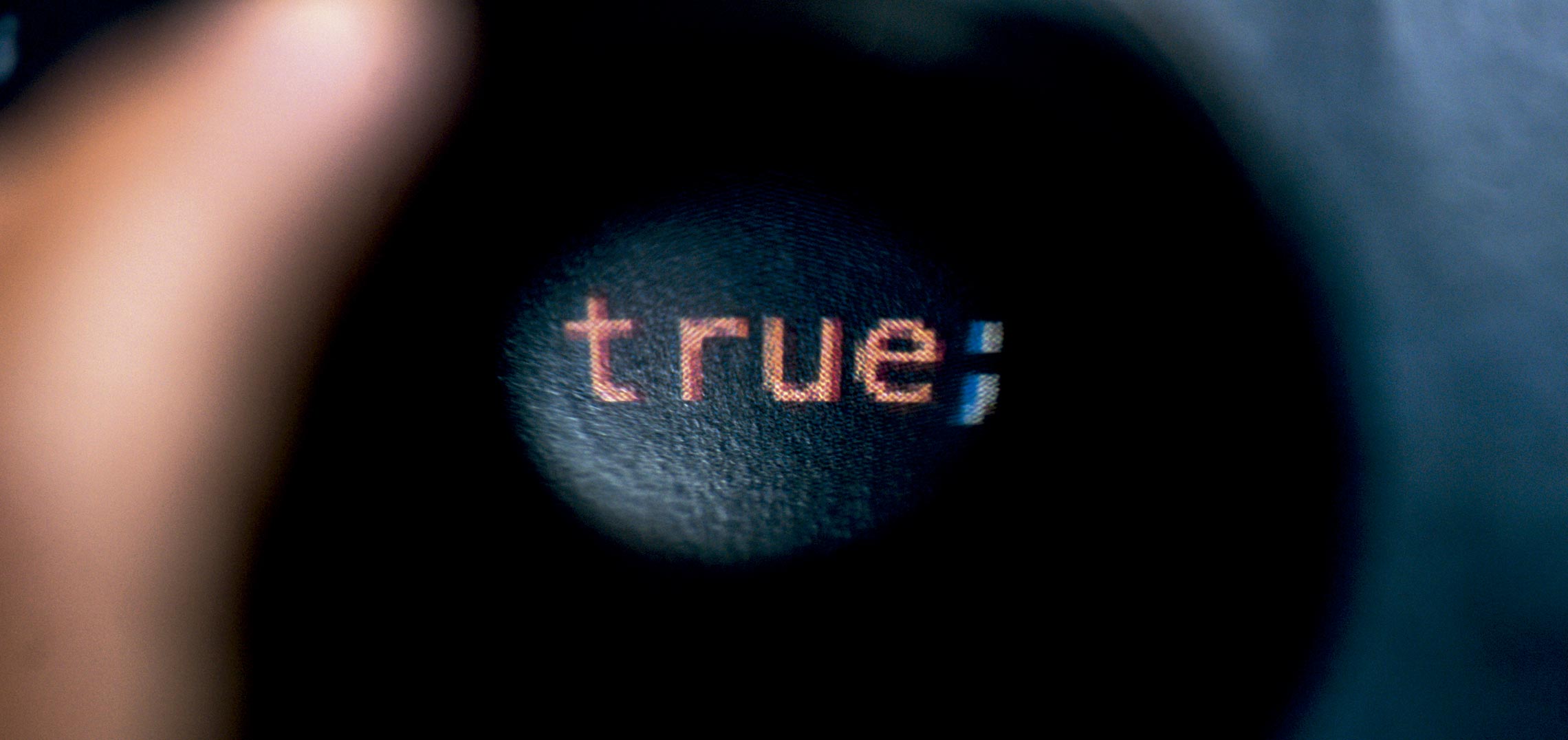Researchers from the University of São Paulo (USP) and the Federal University of São Carlos (UFSCAR) are developing a tool for verifying whether articles shared on the internet or through instant messaging apps are real or fake. The fake news detector is available for testing at nilc-fakenews.herokuapp.com or on the project’s WhatsApp profile. To check the veracity of a text, simply access the site and copy the content into the form. Within seconds, the system indicates whether the news is true or false. The team, coordinated by computer scientist Thiago Pardo, from USP in São Carlos, developed the Automatic Fake News Detection for Portuguese platform by improving upon a system created in 2015 by researchers at the University of Michigan, USA. As well as refining the tool, the Brazilians also adapted it into Portuguese. “There are other tools that try to educate users about fake news, but ours is the first to automatically classify true and false news in Portuguese,” he says. The system uses artificial intelligence techniques, including machine learning. Using a database of 3,600 true stories from the mainstream press and the same number of false texts, the program identified a standard for each type of text (true or false) based on grammatical classes (verb, noun, adjective, and adverb), vocabulary richness, sentence length, and the number of misspellings. The system also analyzes the punctuation, emotivity, and uncertainty expressed in the texts (Computational Processing of the Portuguese Language, August 26). According to the researchers, people who write fake news almost always leave clues in the style of the text. One common characteristic of fake news is a high number of misspellings. For now, the tool does not identify which parts of the information are false—it just detects whether an article is totally real or fake.
RepublishCommunication
Online tool tries to identify fake news

Program analyzes grammatical characteristics to certify the veracity of the information
Léo Ramos Chaves